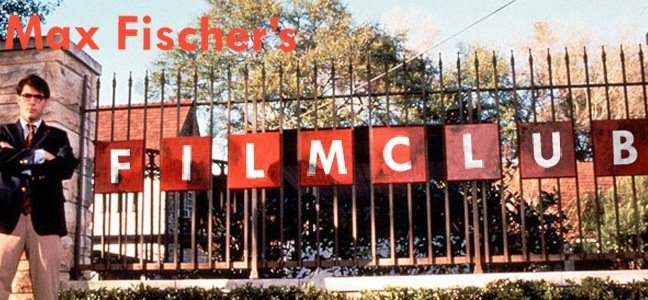 The new Star Trek is superior summer entertainment. Just as I was about to finally turn my back on the Hollywood mainstream and focus my energies on getting through the entire Peter Greenaway back catalogue, along comes a film which ticks all the boxes in terms of purely enjoyable popcorn escapism. These are some of the reasons why it worked so successfully for me.
The new Star Trek is superior summer entertainment. Just as I was about to finally turn my back on the Hollywood mainstream and focus my energies on getting through the entire Peter Greenaway back catalogue, along comes a film which ticks all the boxes in terms of purely enjoyable popcorn escapism. These are some of the reasons why it worked so successfully for me.- I’m sure some Trek purists, however much they enjoy this film, will still proclaim “it’s not up there with ‘Khan’”. This may be true for those fans, but let’s be honest, in this day and age and with all the money and politics that engulf Hollywood, could they really expect another film of that type? If there are any naysayer’s (and I haven’t came across any as yet) I would ask them one thing – did you really want to watch your beloved franchise fizzle out or did you want to see it imbued with a great sense of fun and passion for the blockbuster age, maybe even converting non-believers onto genuine Trekkies? In order for anything to live on and evolve, changes need to be made, and the holy text that is Star Trek is no exception.
- The special effects in this film really are ‘special’. Seeing the Enterprise in long shot, escaping from the pull of a huge worm-hole and the warp-speed sequences are truly awe-inspiring. Effects-wise, director J. J. Abrams knows exactly what he wants and how he wants the audience to feel. Film-makers like Michael Bay can throw whatever visual fireworks they want at the screen, but it really isn’t about dazzling and overwhelming, it’s still (and always has been) about capturing the intricate details, character involvement and responding to the viewer’s emotions. In this case, the simple image of a little federation starship against insurmountable odds has so much more impact than a thousand Transformers racing towards the cinema screen. If you want to see another director tackling CGI in the way it should be done, check out the plane crash sequence in Scorsese’s The Aviator.
- Don’t get me wrong, I quite like Star Trek: The Motion Picture, but the introduction of the Enterprise in this film manages to accomplish the same level of wonderment as the original’s bloated, grandiose 15 minute sequence does, in roughly 20 seconds of screen time. This to me is really the key to the success of the new movie. There’s a respect to the old fan-base, but the film isn’t bogged down in trying too hard to appease these people – it also knows it has to connect with a new, modern audience, doing so in a succinct and efficient manner.
- I was a little apprehensive when I read about the ‘parallel universe’ and ‘time travel’ angle, but again, this is an ingenious way of bridging the gap between old fans and newcomers. Rather than offer a contrived and forced introduction to the characters and their setting, the sudden distress signal from Vulcan throws them together in a conceivable and economical way. The point of no return for me in the Phantom Menace was the horribly strained attempt to shoehorn in characters and their origins (Darth Vader built C3-P0!?! I’m sorry, what?).
As you can probably tell, I’m genuinely in love with this film and I could talk for ages about its many fine accomplishments (performances, score, pacing). I have to say, if I was a maid at the Skywalker Ranch, I’d take extra care as to not leave any razor blades or stray shoelaces in close proximity to Lucas when he returns from seeing this for the first time. On screen here is everything he should have done to ensure his films met with the expectations in this era of fantasy film-making. The fact that Abrams not only had to work at building a new fanbase, but also had to breathe new life into a franchise (far less popular than Star Wars incidentally) which was essentially dead, makes his achievement all the more impressive.
I wish I could enter a wormhole like Nero, the villain in Star Trek, and arrive at the time and place when Lucas finally decided to take full authorship of his prequels. Unlike Nero, I wouldn’t have marooned his ass on a planet like Spock as phasers wouldn’t have been set to stun.



